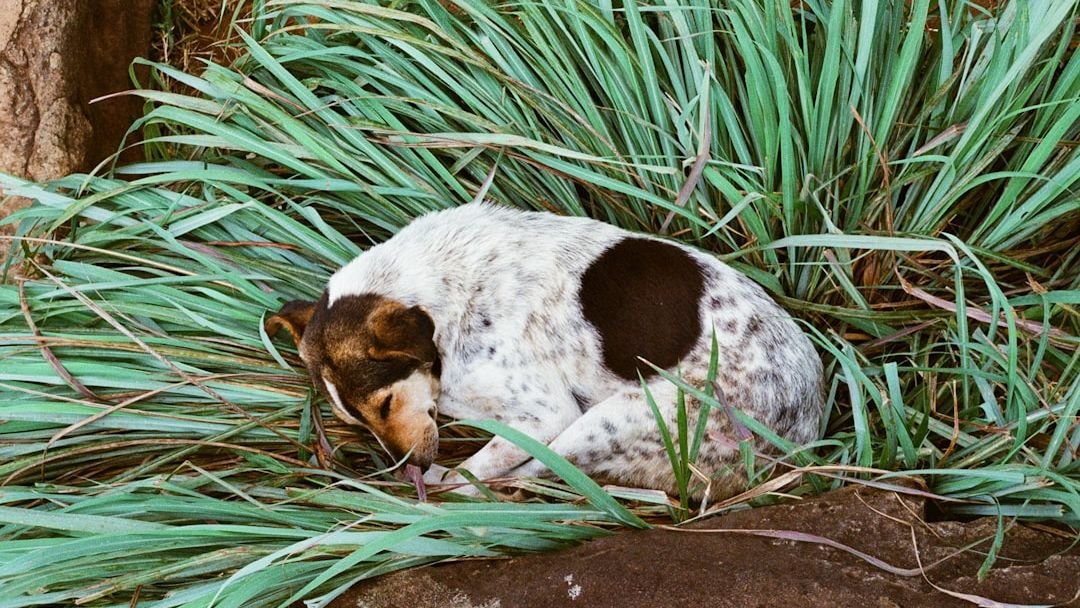You’ve probably watched it countless times. Your beloved dog approaches their favorite sleeping spot, then suddenly starts turning in circles like they’re performing some ancient ritual. Maybe they do it once, maybe three times, sometimes even more. Their intense focus and determination would make you think they’re solving the world’s most complex puzzle rather than simply preparing for a nap.
This fascinating behavior isn’t just your dog being quirky. Dog behaviorists believe that a dog’s need to perform the bedtime ritual of turning around in is inherited. Canine ancestors, such as wild wolves, did the same thing, and domestic dogs retained this genetic predisposition. Scientists have studied this curious canine custom, and the reasons behind it reveal surprising insights into your dog’s wild heritage and modern comfort needs.
Ancient Survival Instincts Still Rule
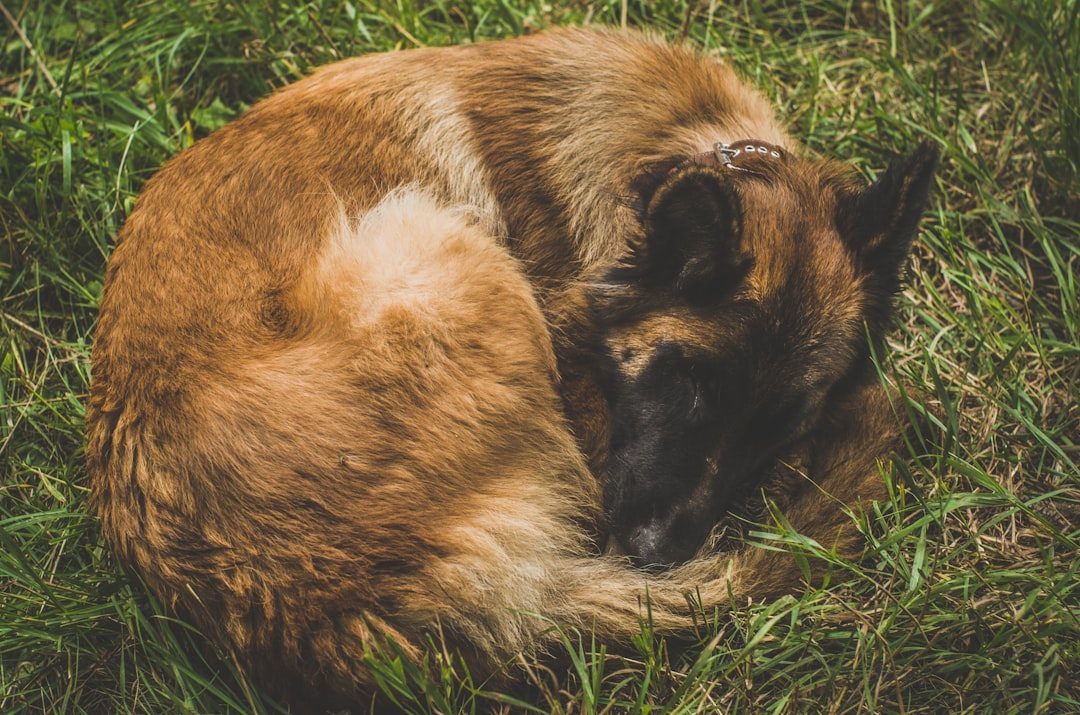
Even though your pampered pooch sleeps on memory foam beds and fleece blankets, their brain still operates with the same survival programming that kept their ancestors alive in the wilderness. Turning in is an act of self-preservation, in that the dog may innately know that he needs to position himself in a certain way to ward off an attack in the wild. This isn’t conscious behavior, but rather deeply embedded instinct.
The theory is that pack animals circle before sleep to assess that all members of the pack are accounted for and there are no predators about before settling down. Your living room might be perfectly safe, but your dog’s genetic memory doesn’t know that. Those circles serve as a final security check, allowing them to scan their surroundings one last time before becoming vulnerable during sleep.
Creating the Perfect Nest
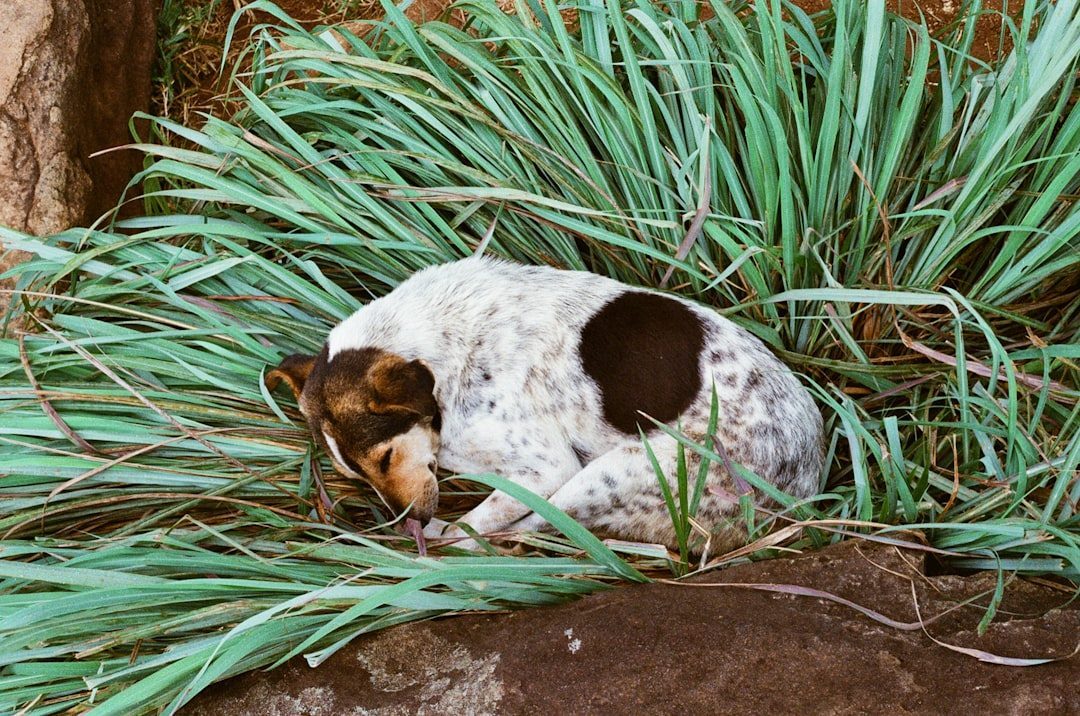
Think about the last time you fluffed your pillows or adjusted your blankets before bed. Your dog’s circling serves a remarkably similar purpose. To make their sleeping quarters more comfortable, dogs pat down tall grass and move prickly underbrush before lying down. They root out rocks and fallen tree branches. The fact that your dog sleeps on a soft bed doesn’t override millions of years of evolution.
Research proves this nesting theory holds water. On the shag-carpeted, uneven surface, more than half of the dogs (55 percent) turned at least one full circle before they finally rested. That means to say that the dogs were nearly 3 times more likely to circle before laying down on the uneven surface than on the smooth surface. Your dog’s brain recognizes when their sleeping surface needs adjustment and responds accordingly.
Temperature Control Tactics
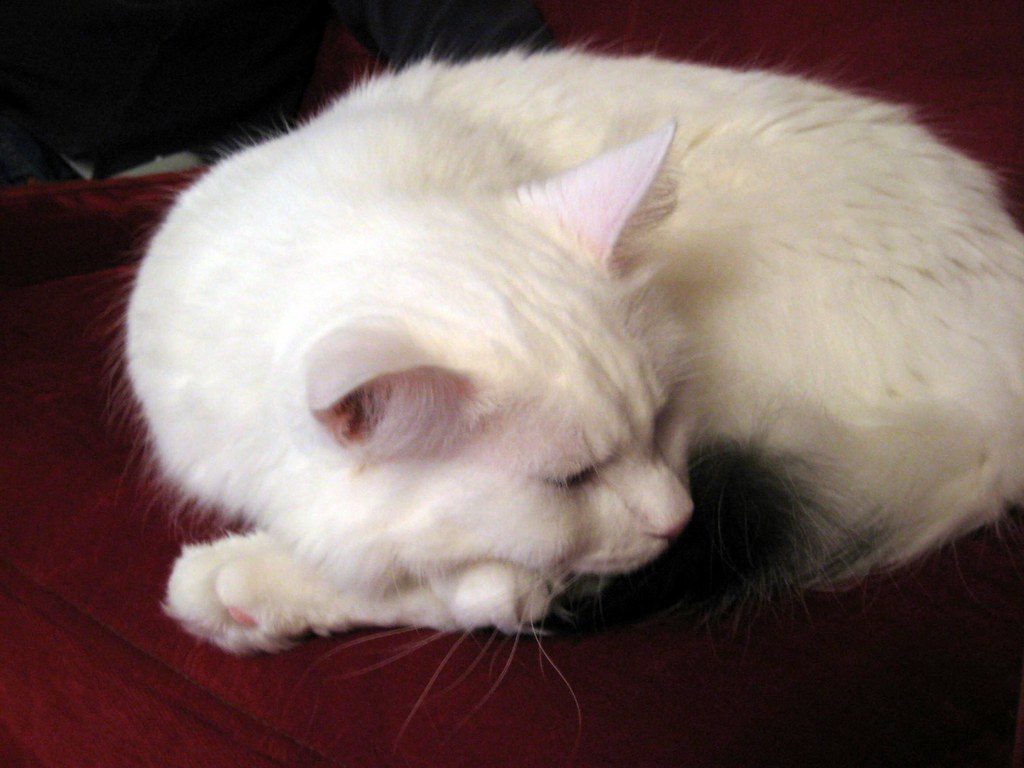
Wild dogs in colder climates circled to wind themselves into tight balls to conserve personal body heat. The tighter the tuck, the warmer the dog. This temperature regulation strategy remains incredibly effective. When dogs curl up after circling, they minimize the surface area exposed to cold air while keeping their vital organs warm and protected.
The opposite works in hot weather too. Sometimes dogs, and other animals, will dig and spin when they’re outdoors, because the ground slightly out of the sun is going to be cooler. This can make dogs more cool and comfortable by adjusting their body temperature when lying down outside. Even indoor dogs might circle more on warm days, following their instinct to find the coolest available spot.
Scent Marking and Territory Claims
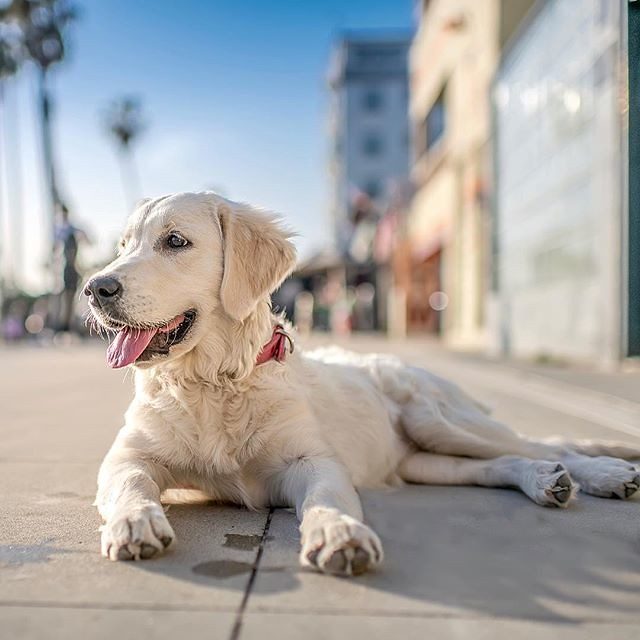
Circling before lying down was also a way for the animal to claim their space. This message can be sent through both action and scent. Dogs have scent glands on their paws, which can help them communicate. Every step during those circles deposits microscopic scent markers that tell other animals this particular spot belongs to them.
This territorial behavior explains why some dogs seem more insistent about their circling ritual in new environments or when other pets are around. They’re literally staking their claim to that sleeping spot, ensuring other animals understand the boundaries. It’s like placing an invisible “reserved” sign on their chosen resting area.
Wind Direction and Scent Detection
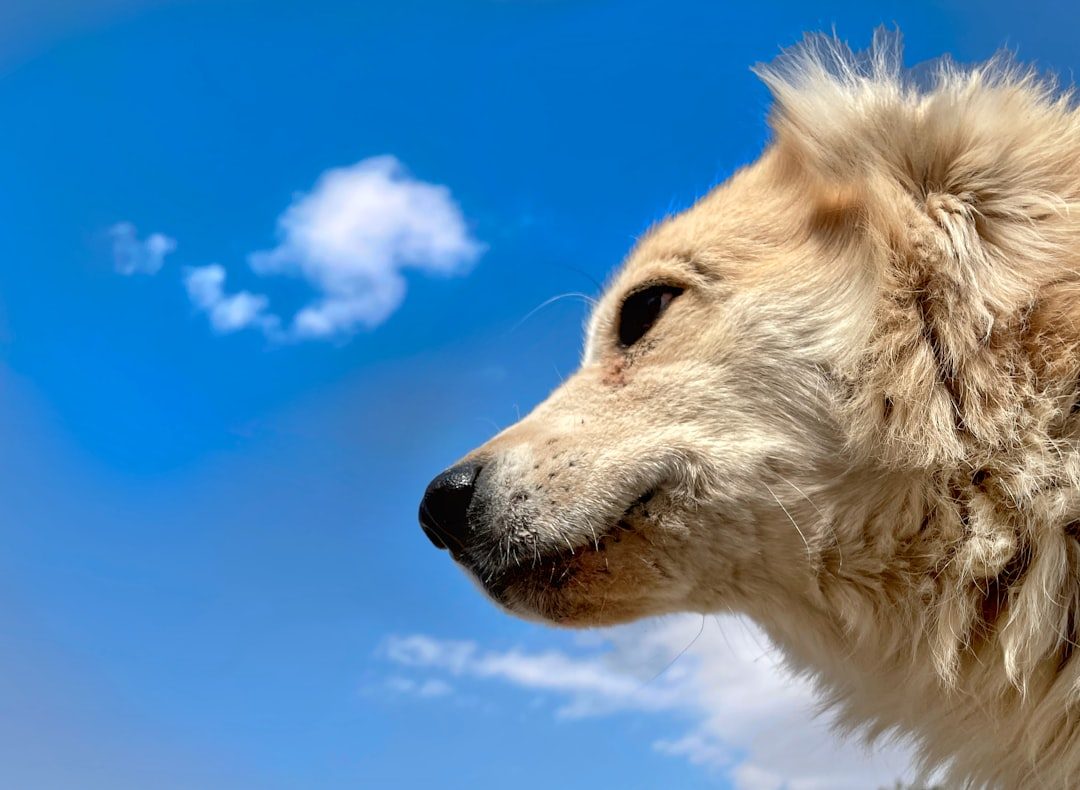
Others theorize that dogs in the wild preferred to sleep with their nose into the wind. Circling allowed dogs to determine wind direction. This positioning gave them a crucial survival advantage by allowing them to detect approaching threats through scent, even while sleeping. Their sensitive noses could pick up danger long before their eyes or ears would notice anything amiss.
Modern dogs retain this instinct despite living in homes where the biggest threat might be the vacuum cleaner. You might notice your dog tends to face certain directions after circling, following ancient programming that prioritized strategic positioning over simple comfort. Their nose knows what their brain has forgotten about staying safe.
Pack Safety Checks
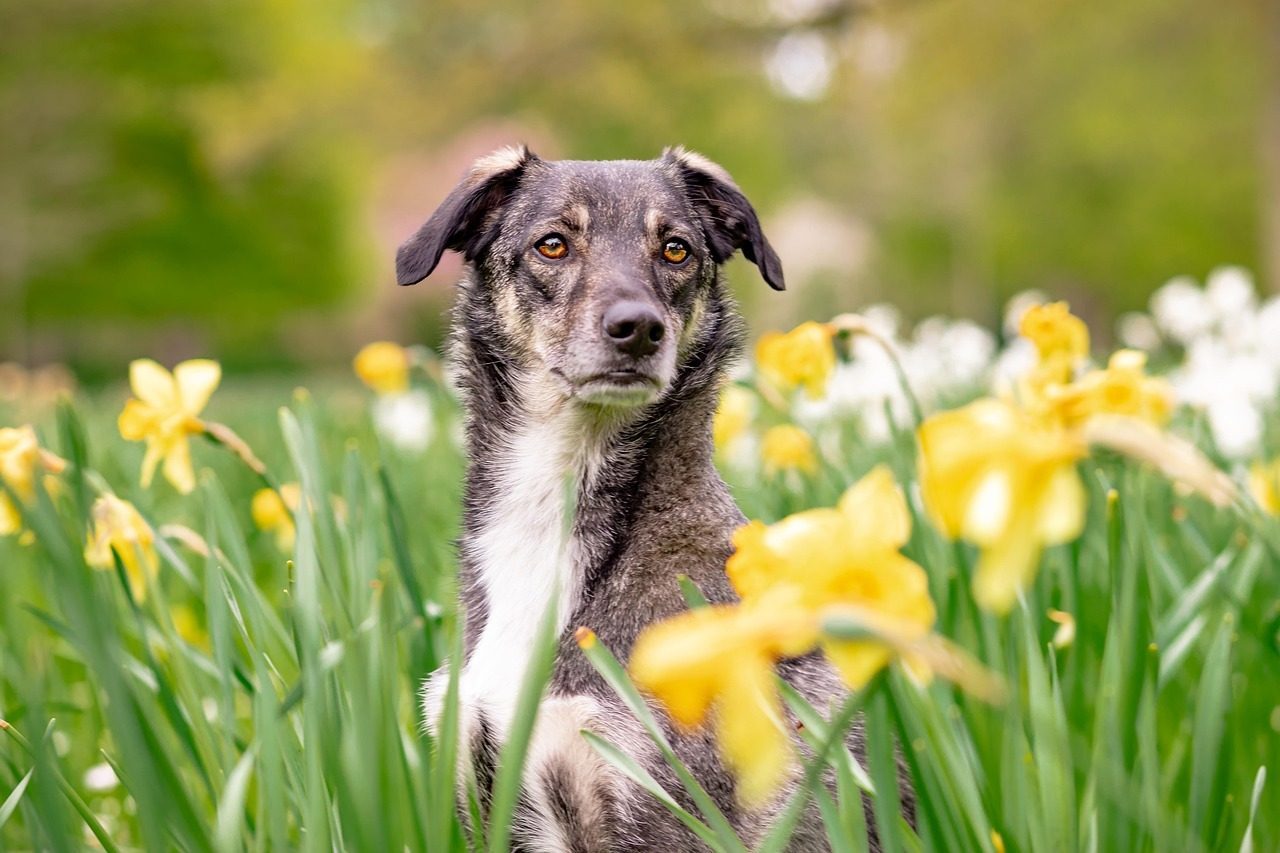
Turning around helps group leaders assess the pack and survey the area for members that have fallen behind. Turning in circles also provides an opportunity to take one last look for potential predators before bedtime. In wolf packs, this behavior served as a final roll call before the vulnerable sleeping period began. Pack leaders needed to ensure every member was accounted for and positioned safely.
Your family dog might still perform this check, looking around to see where you and other household members are located before settling down. Some dogs become restless if they can’t see their human family members, reflecting this deep need to know their “pack” is secure before they allow themselves to relax completely.
When Circling Becomes Concerning

Normal circling behavior involves a few quick turns followed by settling down comfortably. However, Dogs that are in pain will circle excessively as they struggle to find a more comfortable position. If your dog suddenly starts circling much more than usual or seems unable to get comfortable after circling, this could indicate health issues requiring veterinary attention.
If your dog seems to be having trouble lying down or getting up, or she suddenly starts circling a lot more than usual, this could be because of health issues like arthritis, obsessive compulsive disorder, or other neurological conditions, so a visit to your vet is in order. Pay attention to changes in your dog’s normal routine, as these shifts often signal underlying problems.
Conclusion
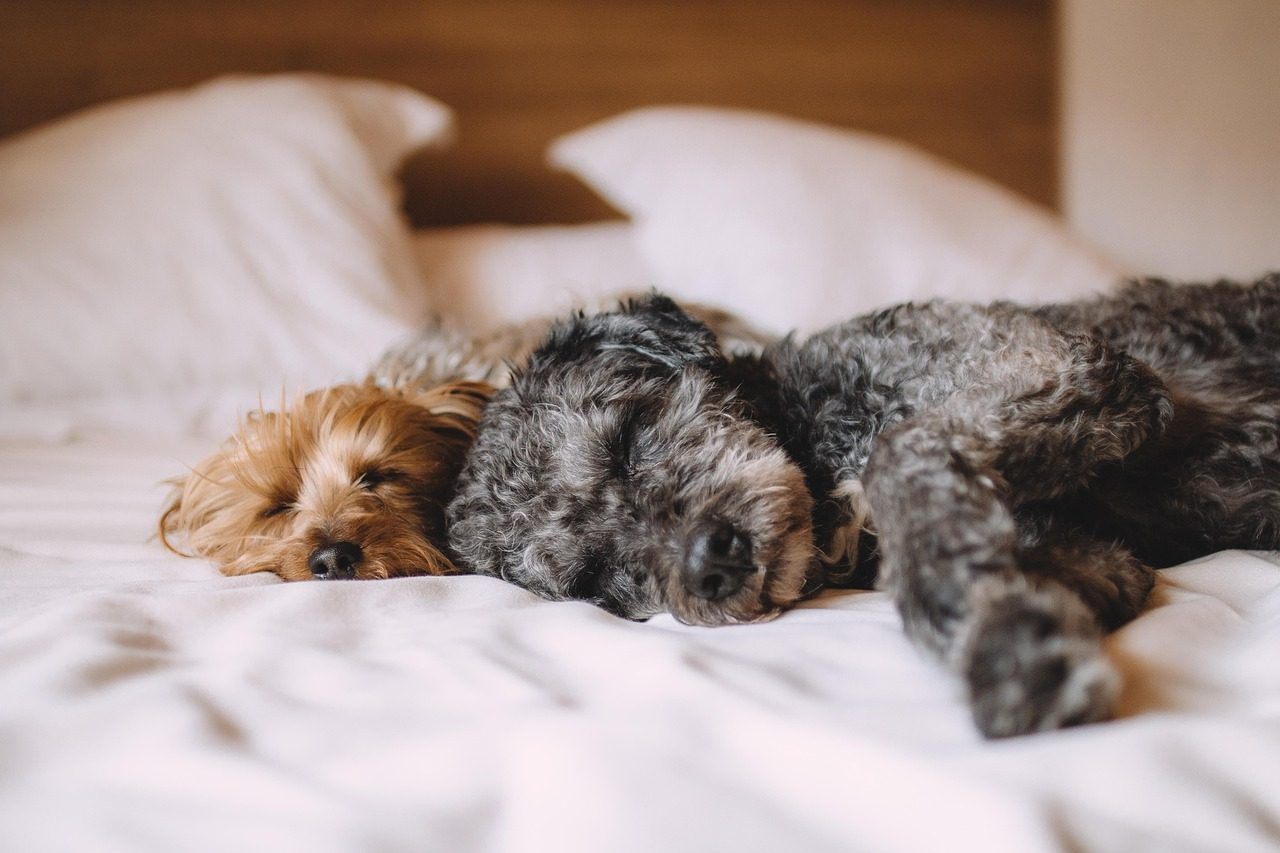
Your dog’s pre-sleep spinning routine represents an amazing connection to their wild ancestry. Every circle honors millions of years of evolution, combining practical nest-making with ancient survival strategies. While your couch might not hide snakes or require flattening like wild grass, your dog’s instincts don’t distinguish between wilderness and living room.
Understanding this behavior helps you appreciate the complex creature sharing your home. Those seemingly silly circles actually demonstrate your dog’s incredible adaptability, maintaining survival instincts while thriving in domestic comfort. Next time you watch your dog perform their bedtime ritual, remember you’re witnessing an ancient dance that has kept canines safe and comfortable for countless generations.
What do you think about your dog’s circling behavior now? Tell us in the comments about the unique bedtime routines you’ve observed in your furry friend.

Andrew Alpin from India is the Brand Manager of Doggo digest. Andrew is an experienced content specialist and social media manager with a passion for writing. His forte includes health and wellness, Travel, Animals, and Nature. A nature nomad, Andrew is obsessed with mountains and loves high-altitude trekking. He has been on several Himalayan treks in India including the Everest Base Camp in Nepal.

